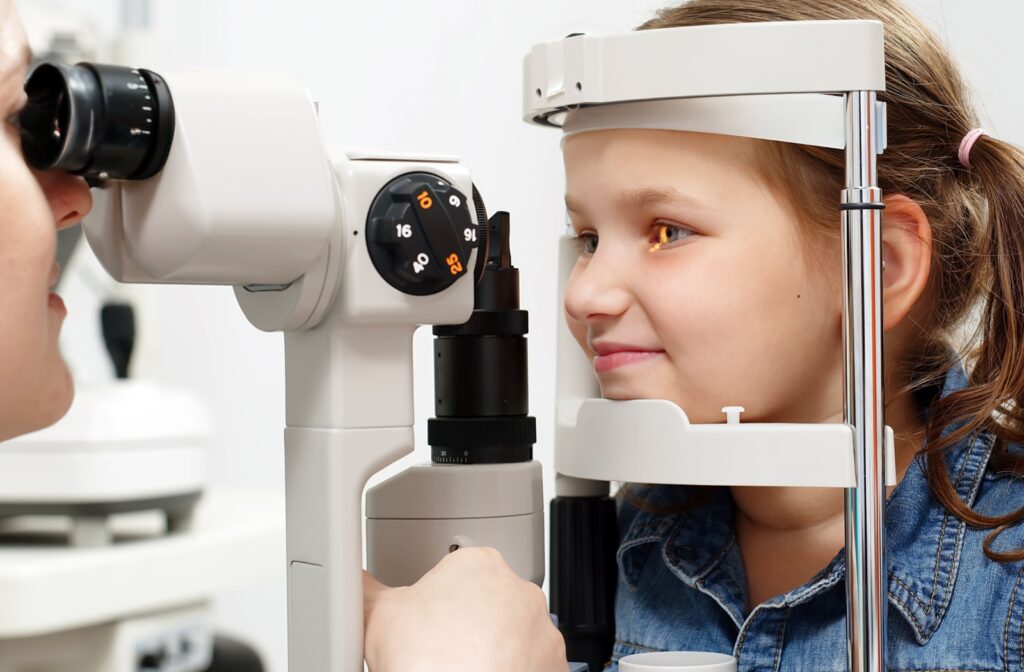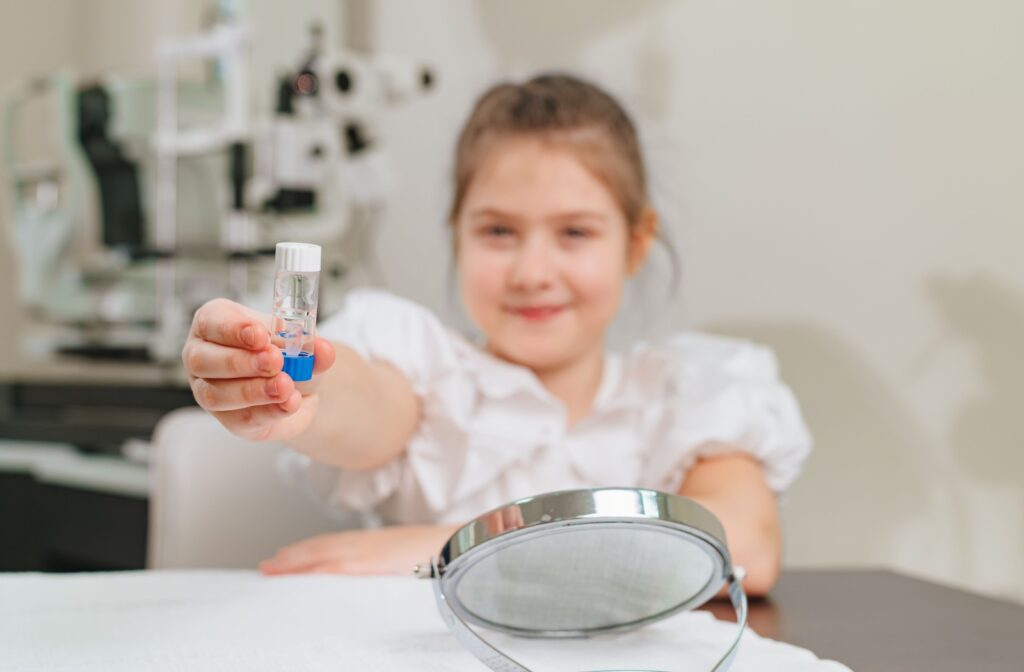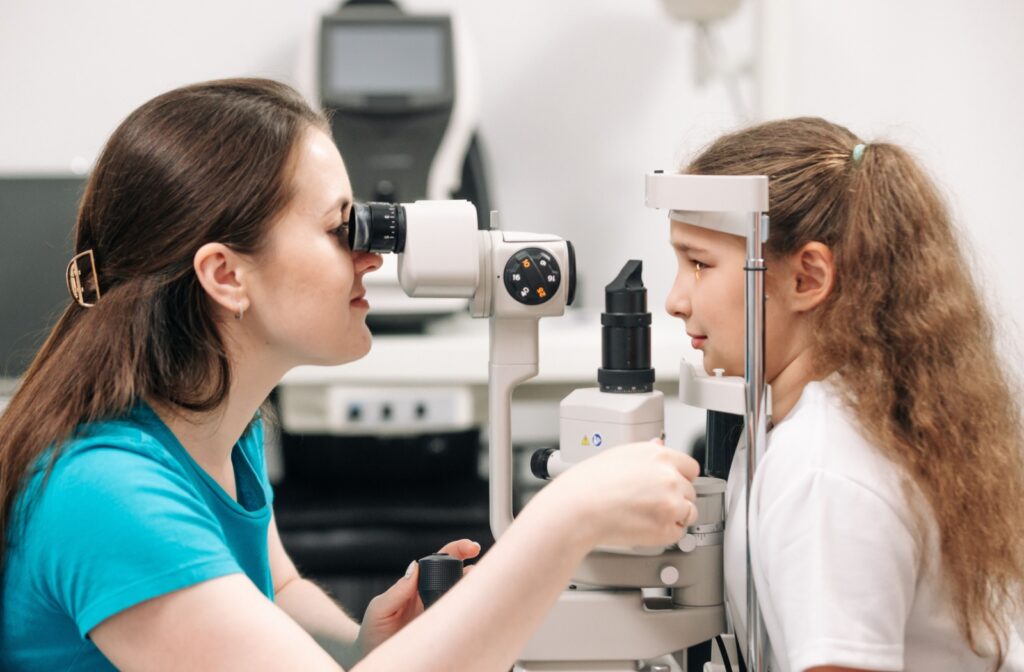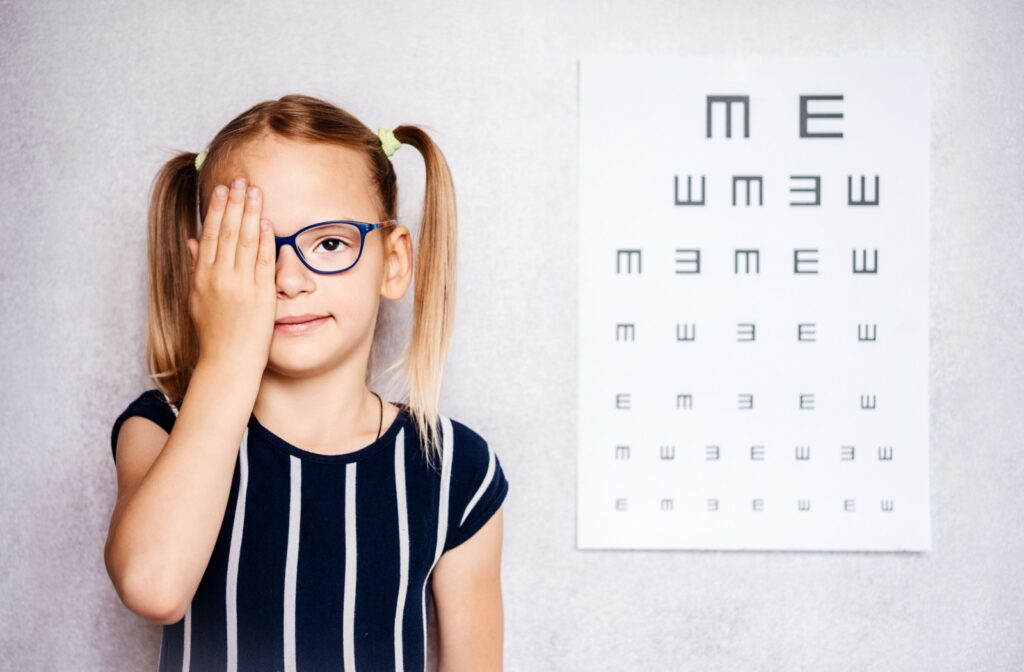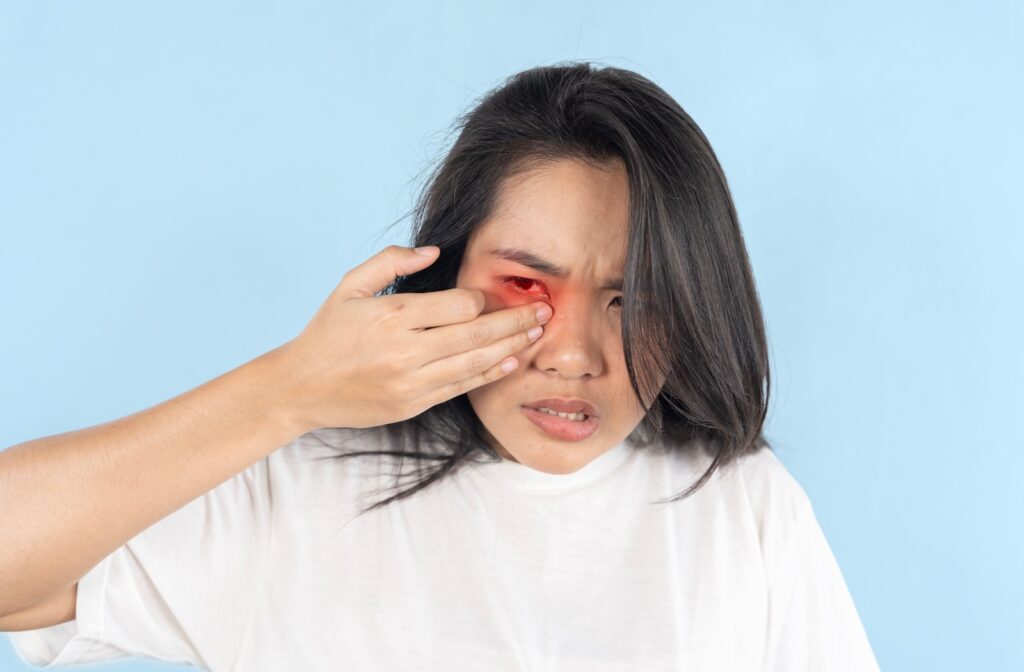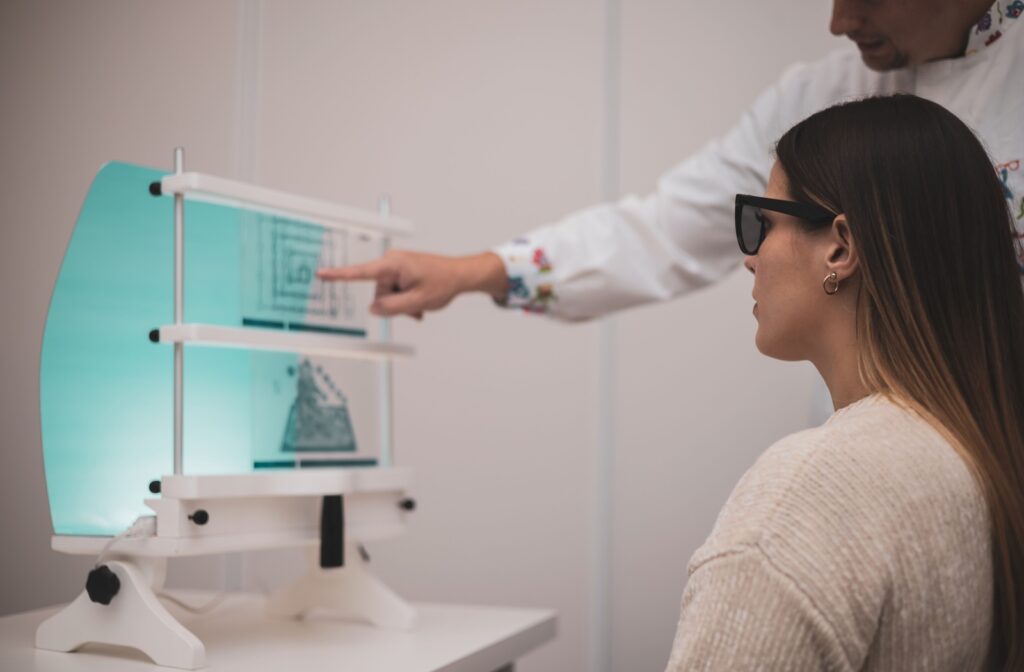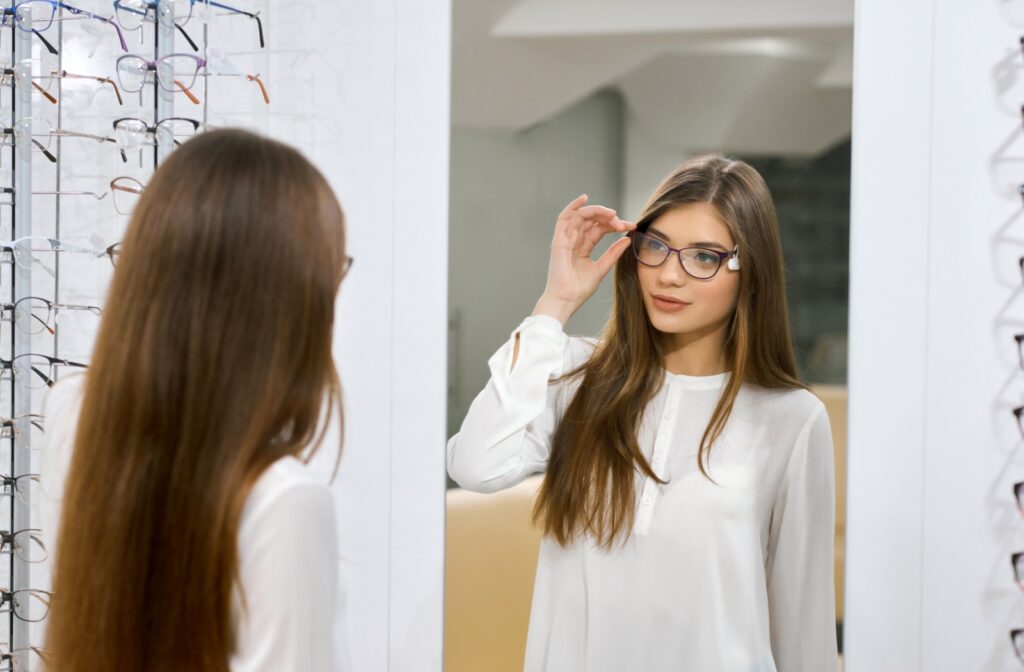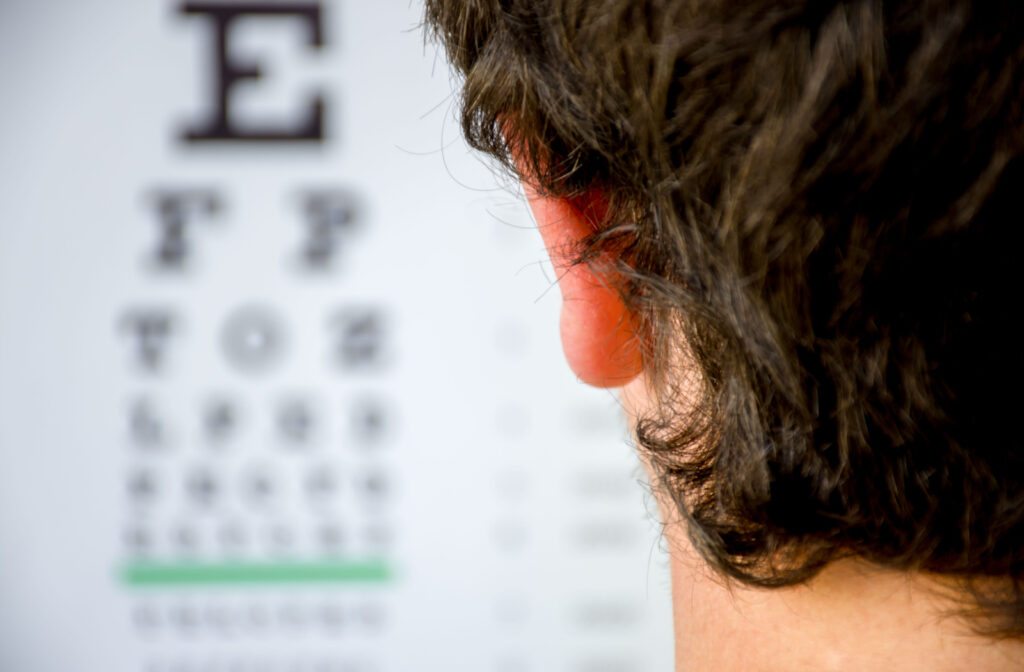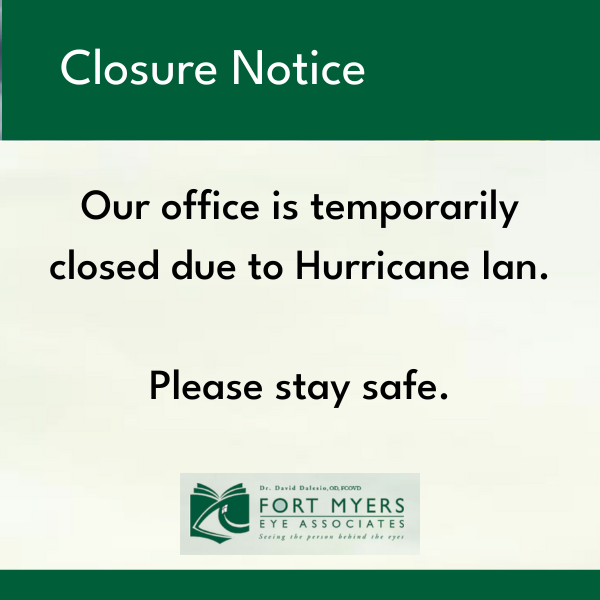Parents never think twice about investing in braces to perfect their child’s smile—but what about protecting something even more crucial, like their vision? Progressive myopia, or worsening nearsightedness, is becoming increasingly common among children, and it’s more than just needing glasses. Left unmanaged, it can lead to serious complications like retinal detachment or glaucoma later […]
How to Manage Progressive Myopia
